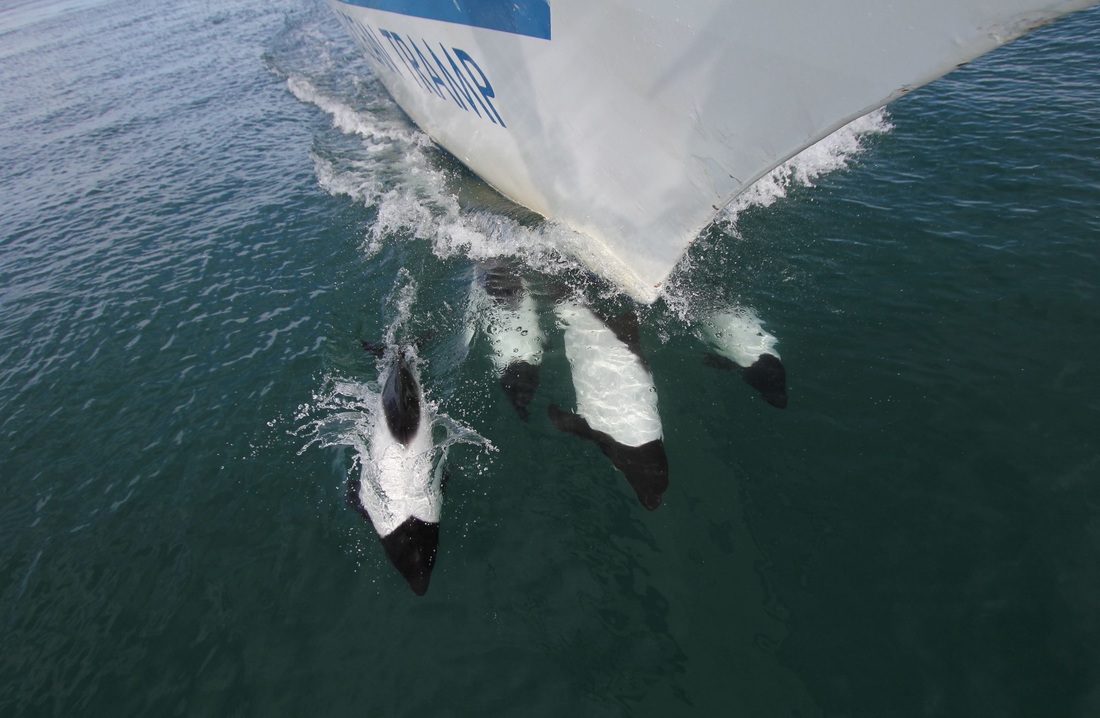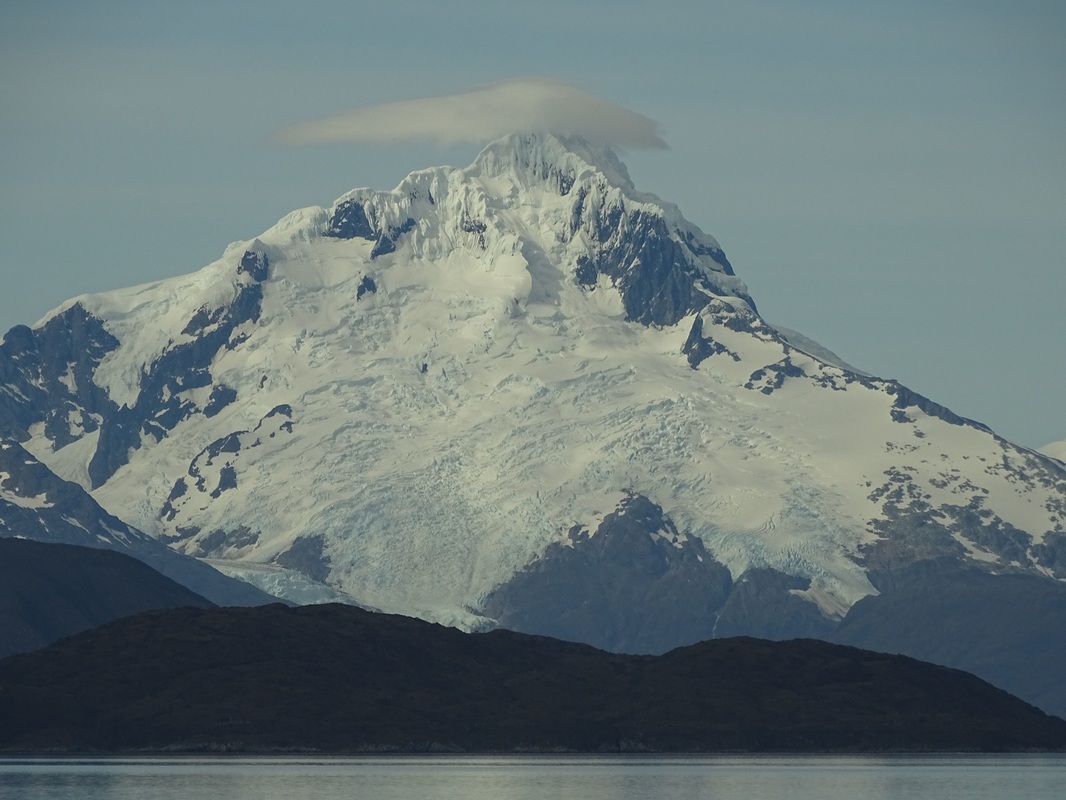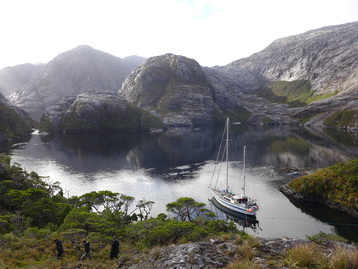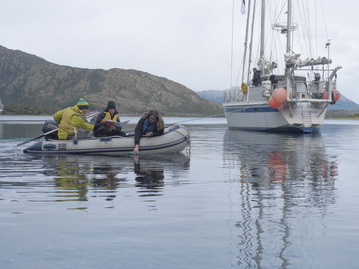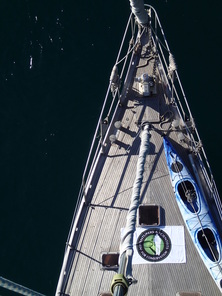ASC Microplastics Adventurer
So as I sat with friends at a Brazilian Churrascaria steakhouse overlooking Sugarloaf Mountain as the sun cast it final rays across Rio de Janeiro, chronicling our latest sailing exploits, I dove in.
ASC Global Microplastics Initiative, I explained, telling them how much is still unknown, including the distribution and types of microplastics in the water. I told them how nylon clothing including fleece is a contributor of microplastics, as are the “scrubbing” microbeads found in many beauty products.
“When you wash it, bits of it shed off, and then go down the drain from your washer,” I said.
Her faced turned red. “I thought people were swimming with fleece jackets on,” she said. “I couldn’t imagine so many people doing it that it would be a problem. Now I get it. Of course. My washing machine.”
the warm waters off of Brazil.
Every time we stare into the clear tropical or blue glacial waters, we wonder what the outcome will be, hoping that perhaps this sample might be free of microplastics. Knowing that many are not, we keep collecting so we can continue raising awareness, gathering more data, and perhaps one day understand the problem well enough to be part of finding a solution.
As with many of our world’s problems, awareness and education are half the battle. The very nature of microplastics is a challenge: “Micro” means it is a problem we cannot easily see.
Aboard our boat, Ocean Tramp, collecting and submitting data is an important piece of what we contribute to ASC. In addition, this work is a catalyst for conversations like this one that we have in ports and anchorages along the way.

